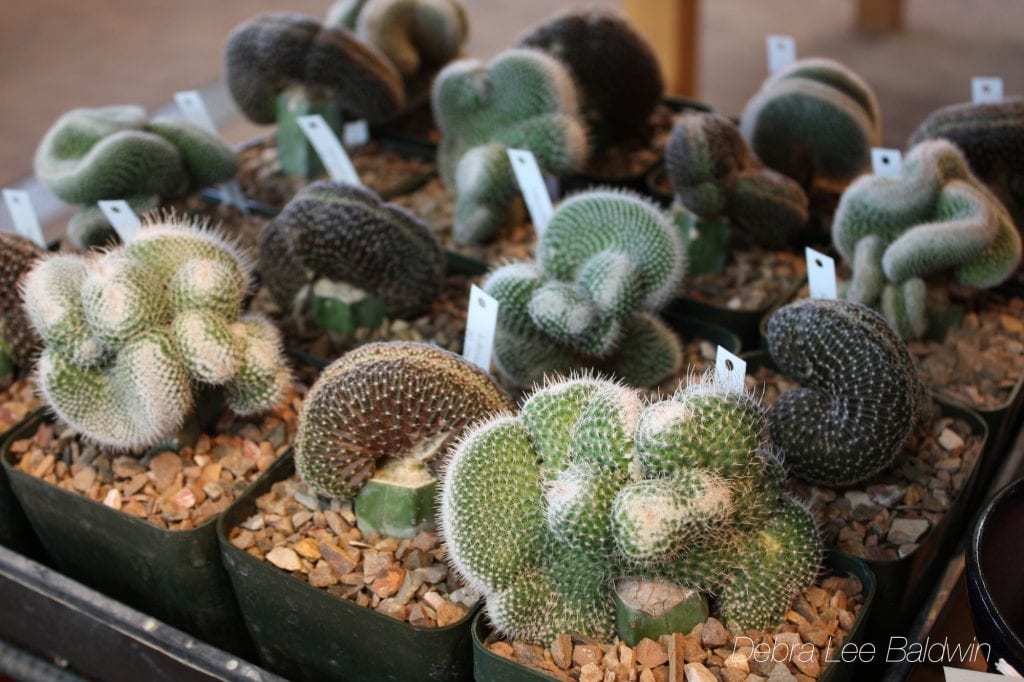
Why Cactus is Popular
Long a pariah plant, cactus is gaining popularity. You could even say that in the gardening world, "cactus is the new black." Here's why spiny succulents are catching up with smooth ones, notably in art, home decor, clothing and gift items. 
A little perspective: The first edition of my book, Designing with Succulents (Timber Press, 2007) showed few cacti---mainly golden barrels. A decade later, the completely revised second edition devotes 15 pages to numerous varieties of prickly succulents in gardens large and small.
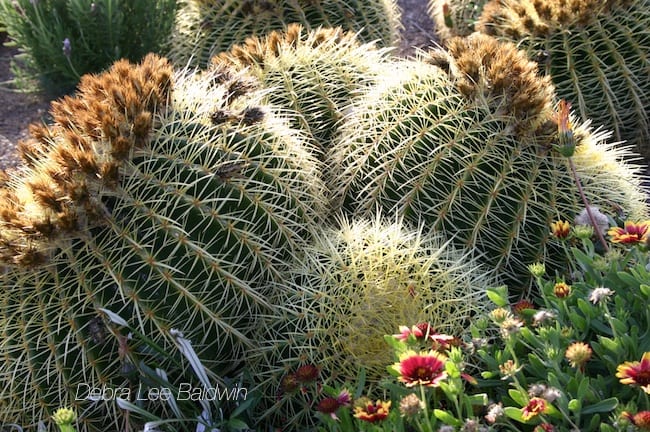
Golden barrels backlit by the sun
Not surprisingly, succulent aficionados initially drawn to echeverias and other rosette succulents with streamlined, sculptural forms naturally progress. Plus they want something new. Cacti meet the aesthetic requirements and also have an edginess that makes them "not your grandma's succulents."
There’s a surging interest in succulent oddities as well, resulting in windowsill gardens with an extraterrestrial look.

Crested cacti at a nursery. An excellent online source of collectible cacti is Mountain Crest Gardens.
Membership in the Cactus & Succulent Society of America (CSSA), founded in 1929, is at an all-time high. Longtime members of CSSA clubs nationwide seem bemused by the growing interest in succulents as landscape plants. But then, members are collectors.
Clubs host shows and award trophies to rare, perfectly grown potted specimens. These widespread events are open to the public and free, so they’re often where people see exotic succulents first and in the flesh.
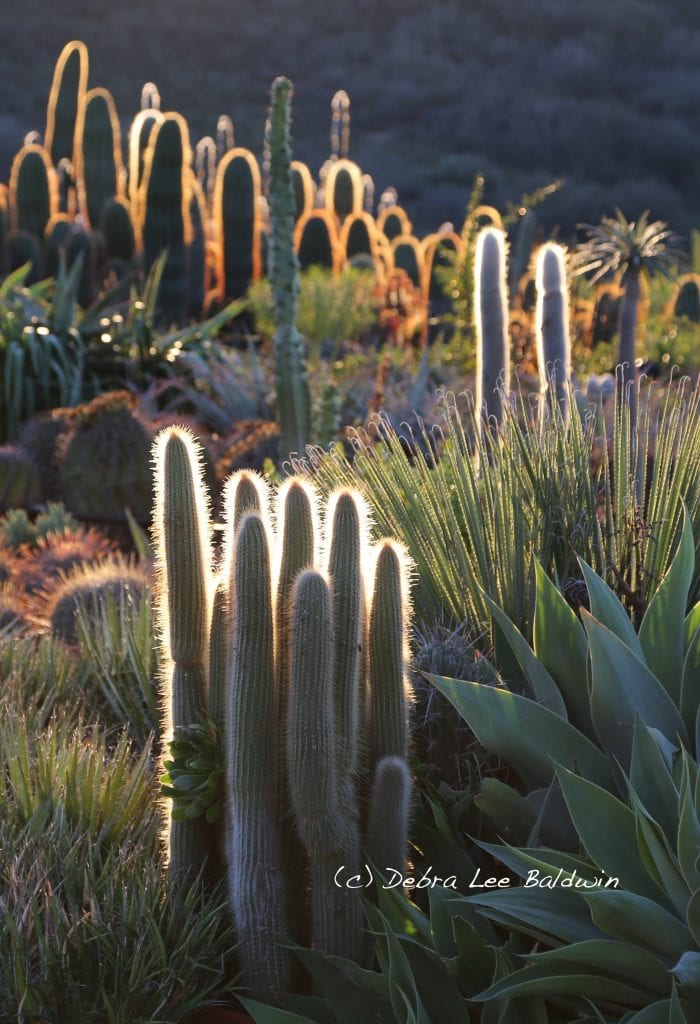 Large cacti that are spherical, cylindrical or jointed are popping up far from their native desert Southwest. Forward-thinking California landscape designers are creating focal-point beds consisting of rocks of all sizes (another trend) and with dramatic succulents with translucent spines.
Large cacti that are spherical, cylindrical or jointed are popping up far from their native desert Southwest. Forward-thinking California landscape designers are creating focal-point beds consisting of rocks of all sizes (another trend) and with dramatic succulents with translucent spines.
These living sculptures, breathtaking when haloed by early morning or late afternoon sun, require no irrigation other than rainfall.
You needn’t live in a hot climate to grow cacti in-ground. On page 112 of the second edition of Designing with Succulents, I share this good news: "More than fifty types of Opuntia and a dozen varieties of Echinocereus will grow where temperatures drop below 0 degrees F, according to members of the Ottawa Cactus Club, who have grown and tested them in their gardens.”
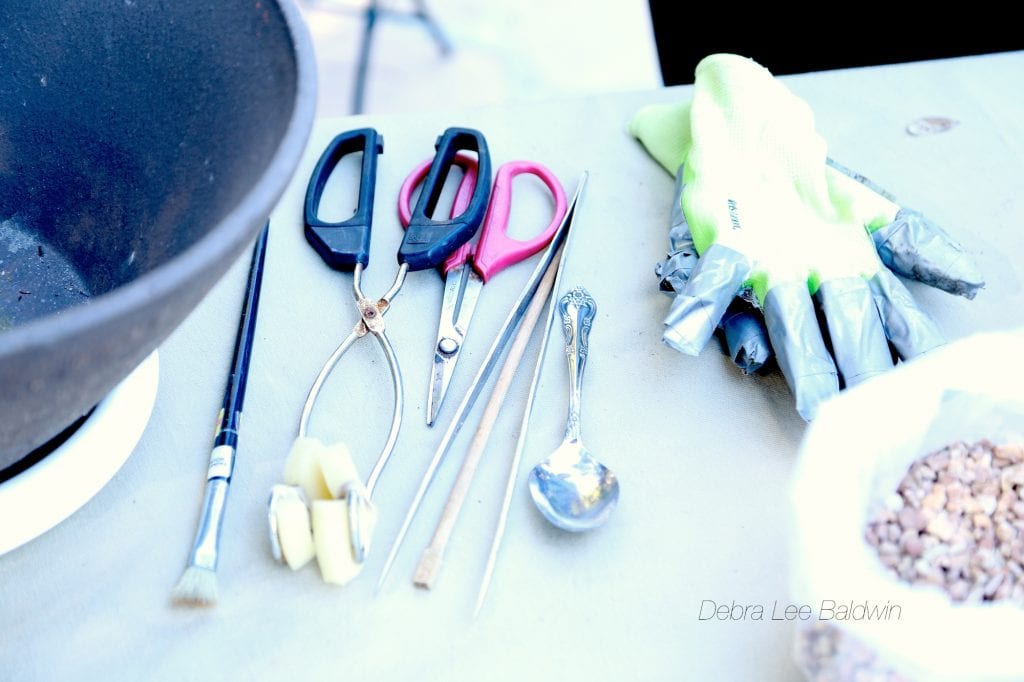
My makeshift cactus tools include grippers with pieces of foam rubber attached to the tips with rubber bands and rubber gloves wrapped with duct tape
Whoever introduces flexible gardening gloves impervious to spines and glochids will likely make a fortune. Regardless, if they haven’t already, tool manufacturers will see an uptick of interest in long-handled tweezers, calipers, hemostats, narrow-bladed scissors, and other items that enable gardeners to groom and handle cacti without actually touching them.
Not that I expect garden-club ladies to ever be enthralled by cacti. This subsection of succulents appeals mainly to a new generation of gardeners: people in their twenties and thirties who have the gardening gene (they’re fascinated by plants and cultivation) but who want to do it their own way.
Look for young green-thumbers to take an interest in formerly ignored fat plants, reveling in the eye-of-the-beholder beauty of mammillarias, euphorbias and more. (The more treacherous, the better, especially those with eyebrow-raising names and forms.)
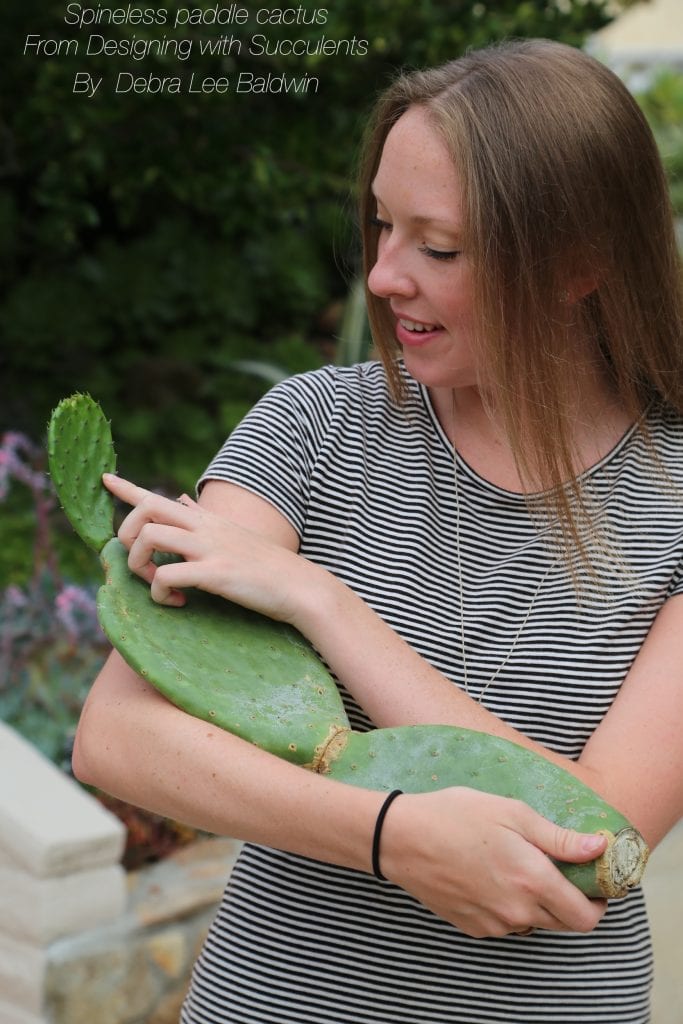
Above: Spineless paddle cactus, from Designing with Succulents
Spineless Paddle Cactus
Research begun by famed hybridizer Luther Burbank (1849-1926) on spineless varieties of Opuntia (paddle cacti) has begun again in earnest, with the goal of creating a dependably smooth-leaved hybrid that’ll grow nearly anywhere.
Many in this large genus have pads as thick as oven mitts, and juicy tissues capable of sustaining the plants during prolonged dry spells. Tender young pads, a dietary staple in Latin America (nopales), are high in vitamins, minerals, antioxidants and other beneficial nutrients.
Burbank envisioned spineless opuntia as an economical alternative to cattle feed. Despite harsh conditions, the plants grow from fallen pads. They thrive in poor soils and need far less labor than grains. Forget silos; simply leave pads on the plants until needed.
But never mind cattle. Call me crazy, but I think spineless opuntia offers a significant way to combat world hunger. And due to its wealth of antioxidants, it might combat cancer too.
Related info on this site:
 I Come Out as a Cactus Lover
I Come Out as a Cactus LoverWhen profiled by Garden Design magazine, I took the opportunity to come out as a cactus lover. Well, I had to. They asked about trends in the world of succulents. I believe my... [Continue reading]


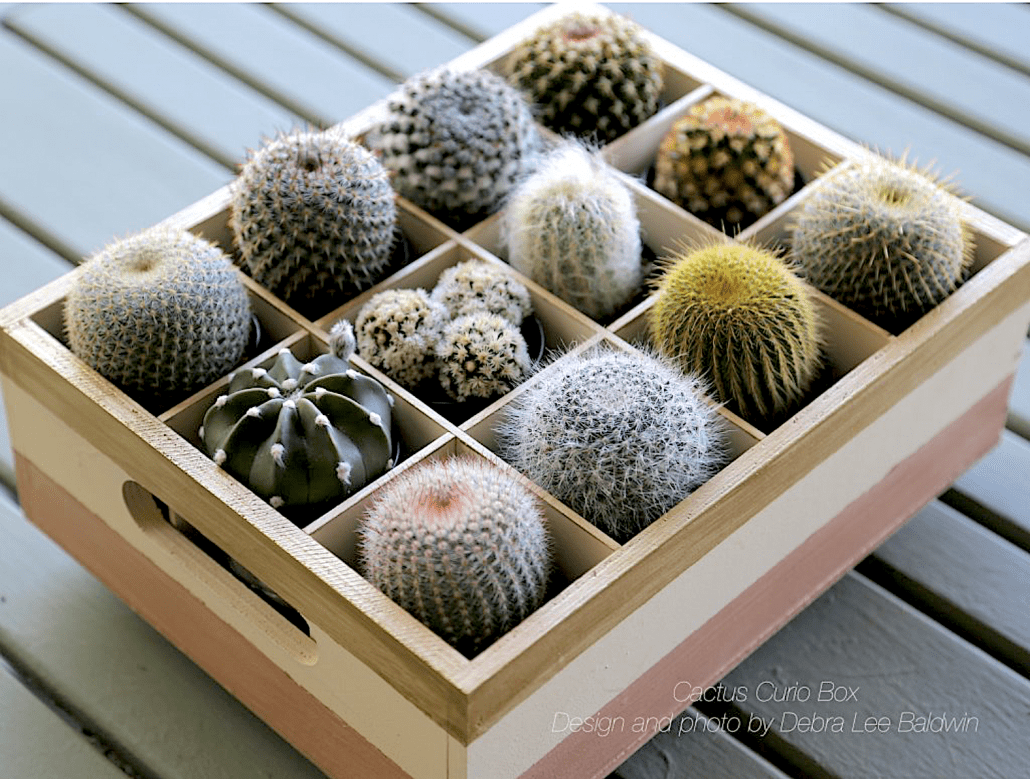
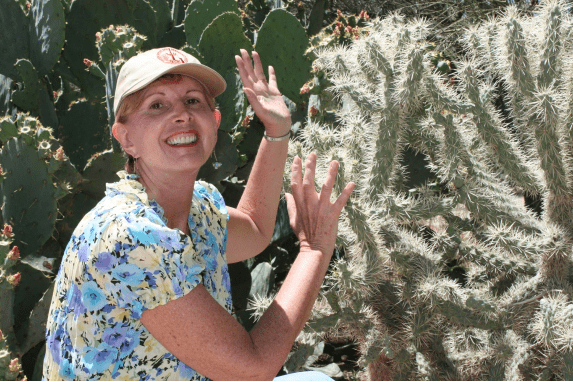
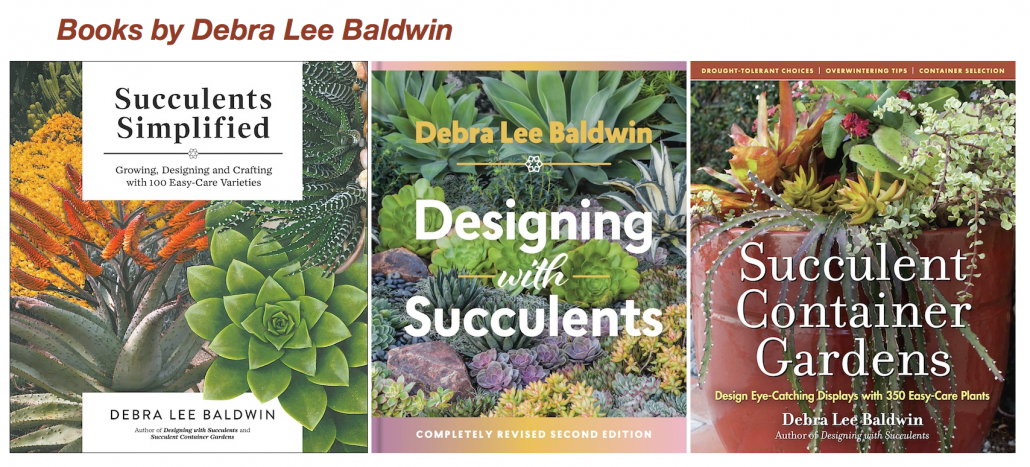
Excellent news about the hybridisation of spineless Opuntia. Here in Portugal animals are dying in the fields because of the worst drought in 100 years, and we are not unique. Opuntia grow freely here, and they would save lives and livelihoods. Thank you, and keep working on it.
Spineless Opuntia is tremendously good news, for cattle and human food. The cattle are dying here for want of water, but with their capacity to survive up to 15º C of frost, would be an answer widely. From my own garden I know how easily and quickly they grow.
You sweet thing! I can’t believe you went to all the trouble to order rare and collectible gymnocalyciums that aren’t available here in the US, and had them sent to me for Christmas! That’s just…AMAZING. Thank you…and you’ll be pleased that they’re doing well. It’s so funny, I sent a thank-you to the return address on the package!
[…] textures have inspired artists, designers, and photographers to create stunning works of art. The popularity of cacti in the design world has spilled over into the realm of social media, with cactus-inspired products […]